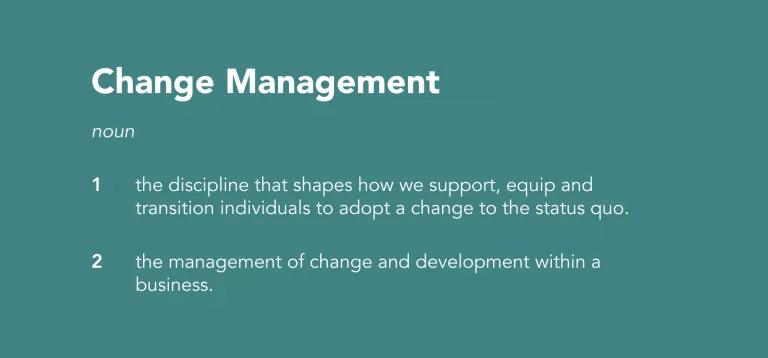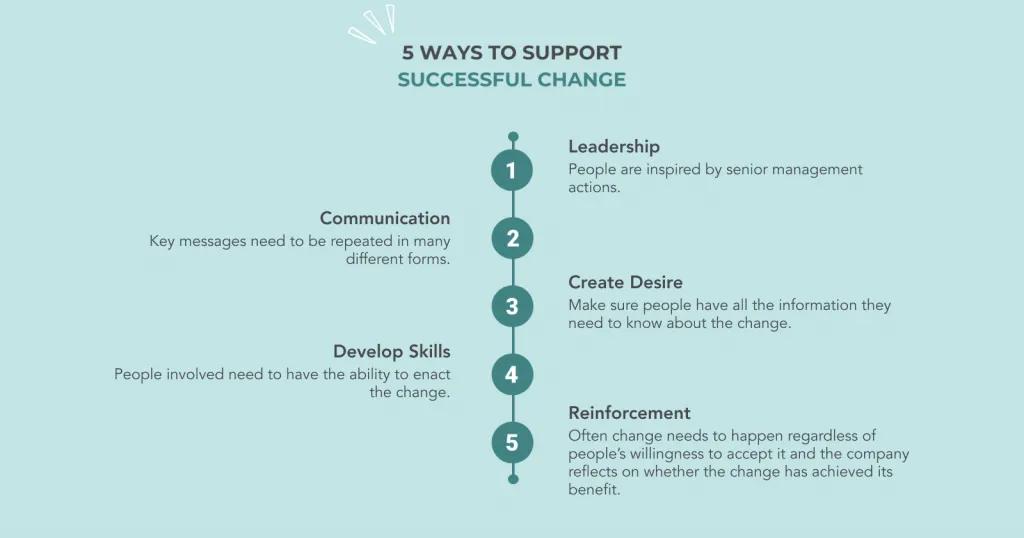Exo on the Couch
Change Management with Fresh by Friska
Friska is a change management consultant who deals with digital transformations in mining, engineering and technological industries. Her role includes accelerating adoption and proficiency at scale, and she’s tackled operating models, offshoring programs and culture changes, just to name a few.
What does change management encompass?
Friska defines it as the discipline that shapes how we help support, equip and transition individuals to adopt a change to the status quo.
The change curve is the idea that everyone responds to change in the same way. Friska adds that people may progress at different speeds or fluctuate in their responses, but essentially, people respond predictably to change.
Change management is becoming increasingly important due to its likeliness to succeed in implementation. Change management projects fail 80% of the time, and Friska says this hasn’t changed in two decades.

How can we support successful change?
According to benchmarking studies, the top two reasons affecting success or failure of change are leadership sponsorship and communication.

1. Leadership
For change to be successful, the top-level leadership have to endorse it. Significant transformations progress because people are inspired by senior management’s actions. That’s why truly successful and sustainable change is rare.
It is important for executives to be active and visible.
2. Communication
Friska maintains that for change to be effective, key messages need to be repeated in many different forms. The companies that are persistent in their communication are the ones that succeed.
To implement a change within a business, Friska relies on an effective process to get her started.
3. Create desire
Once leaders are actively involved, Friska can improve desire for the change to be implemented. It’s important she engages with the people that are impacted the most. In this step, Friska gets feedback and manages resistance.
Knowledge building: This step involves making sure people have all the information they need to know about the change, and how it will work in theory.
4. Developing skills
The people involved need to have the ability to enact the change. Before learning to ride a bike, we have the knowledge that we need to hop on and start pedalling, however, just because someone knows how to do it, doesn’t mean they can. The company’s training wheels can involve training, on-the-job shadowing, or whatever necessary mechanism.
5. Reinforcement
In this final step, the company reflects on whether the change has achieved its benefit.
Overall, Friska believes that her human-centred approach is what sets her apart from others. The success or failure of the change happens one person at a time, and Friska says she takes on this challenge with grit and persistence. Often change needs to happen regardless of people’s willingness to accept it and Friska aims to make this transition easier for people.
Learn more about change management with Exo. Get in touch!
Book an Info Session
Feeling inspired? Take the first step and book in an info session with one of our team